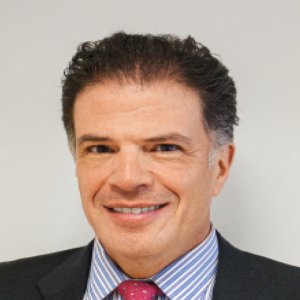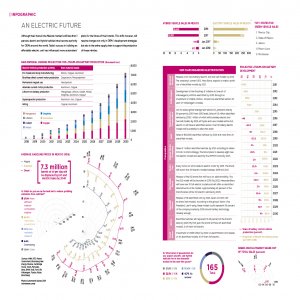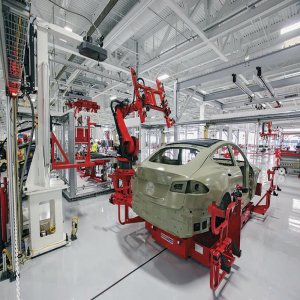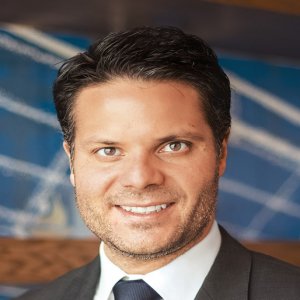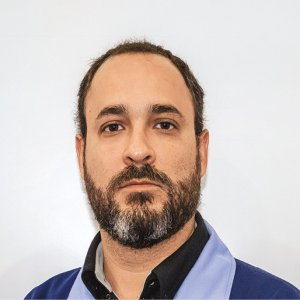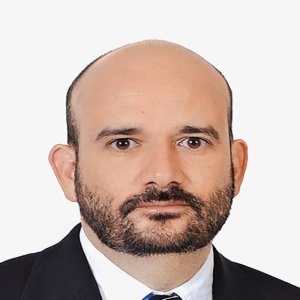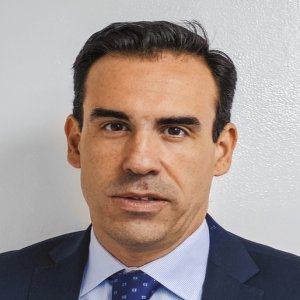The Changing Industry: A Tale of Two Trends

STORY INLINE POST
Q: How is Seeräuber Automotive positioned in the Mexican market?
A: The number of projects that Seeräuber Automotive develops with its main customer, ZF, has grown. We have also started working with new clients such as FOX Factory. Seeräuber Automotive is exploring two new areas besides mechanical assemblies. We find electronic assemblies an interesting market and we also have received several requests for precision machining, although we have not yet tackled them. We will make a large investment in machining and electronics to complement Seeräuber Automotive’s value offering. The company has good expectations for 2017 and 2018, although for the moment I cannot assure a new Seeräuber Automotive plant will open next year.
Q: What opportunities and challenges do you foresee from changes in the NAFTA agreement?
A: All future growth results depend on what happens with this treaty. If NAFTA is canceled, the company will be seriously damaged because a large number of vehicles produced in Mexico are destined to the US market. That being said, modifications to regional rules of origin can be positive because they could incentivize the North American manufacturing sector to produce components that are now imported from Europe, leading to further investment in Mexico. For these companies, the least risky, most inexpensive and fastest way to manufacture in Mexico is through a contractor such as us.
Q: How far along are the company's projected product development, quality inspection and analysis operations?
A: Seeräuber Automotive is participating in the development of parts for a small EV for short-distance public mobility. We entered this project to focus more on innovation. Seeräuber Automotive participates in a consortium with other companies inside ITESM’s Innovation Center at Campus Guadalajara, supported by the government of Jalisco. Some of our engineers are collaborating in mechanical areas such as brakes, chassis and suspension-component development. Other companies are also collaborating in the development of the vehicle’s lithium battery pack and position control through GPS and IoT, for example.
Mobility preferences are changing and the shift toward EVs will take place faster than many believe. We are interested in entering electronics because EVs only have 10 percent as many moving components as mechanical vehicles. When EVs become commonplace, many metal-mechanic companies will cease operations. Youngsters are no longer overly interested in buying a car or even getting a driver’s license. The death of the internal combustion engine is evident and the supply chain will take a huge hit as there will be fewer vehicles and fewer components in them.
Q: What are Seeräuber Automotive’s goals in terms of customers?
A: This company can handle a maximum growth of three or four new clients per year, mainly because of the risk related to overdiversification. Since Seeräuber Automotive becomes an extension of its clients’ operations, it would be irresponsible to grow beyond that level. We have received several quotation requests for machining from automotive, electronics and industrial equipment companies. A strong focus on processes is one of our key differentiators but not enough for us to grow and survive. Companies must consider how to transform and adapt, which is why we are interested in electronics. Seeräuber Automotive will not leave the automotive niche but we must diversify to grow. We need to find and exploit a market niche where large companies such as Continental are not too interested in competing.
Q: How attractive has contract manufacturing become for automotive companies?
A: This model’s attractiveness is on the rise but it is slow to permeate the automotive industry. There will be a disruptive change as Californian electronic equipment companies such as Tesla or TD Best bring in their outsourcing-intensive manufacturing models from Silicon Valley.
